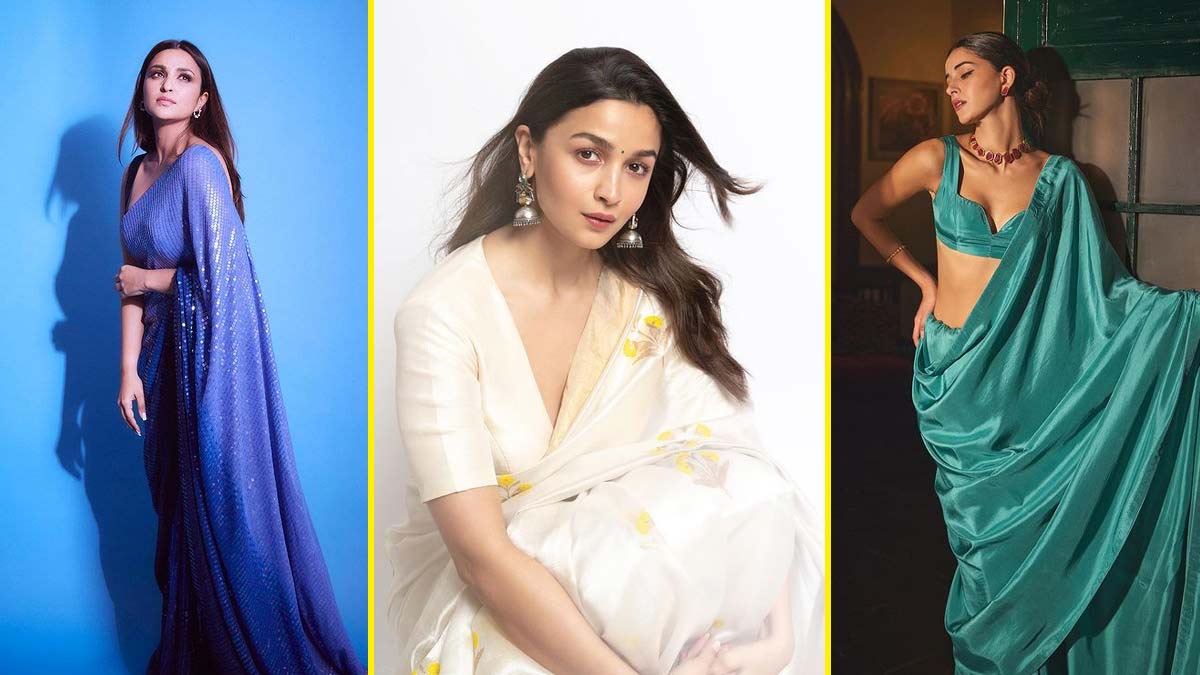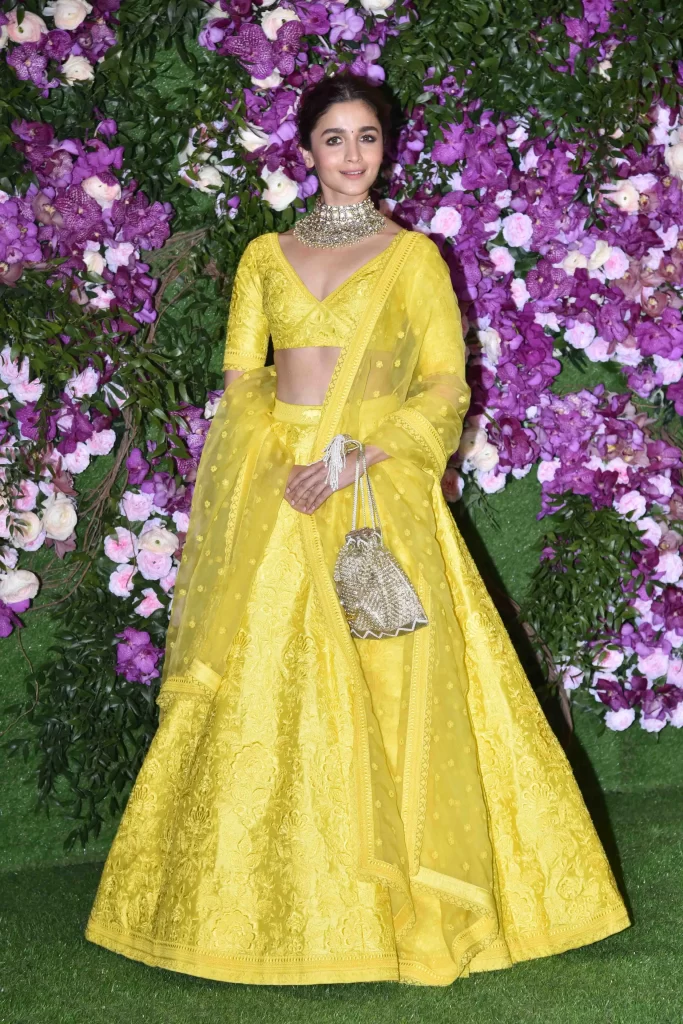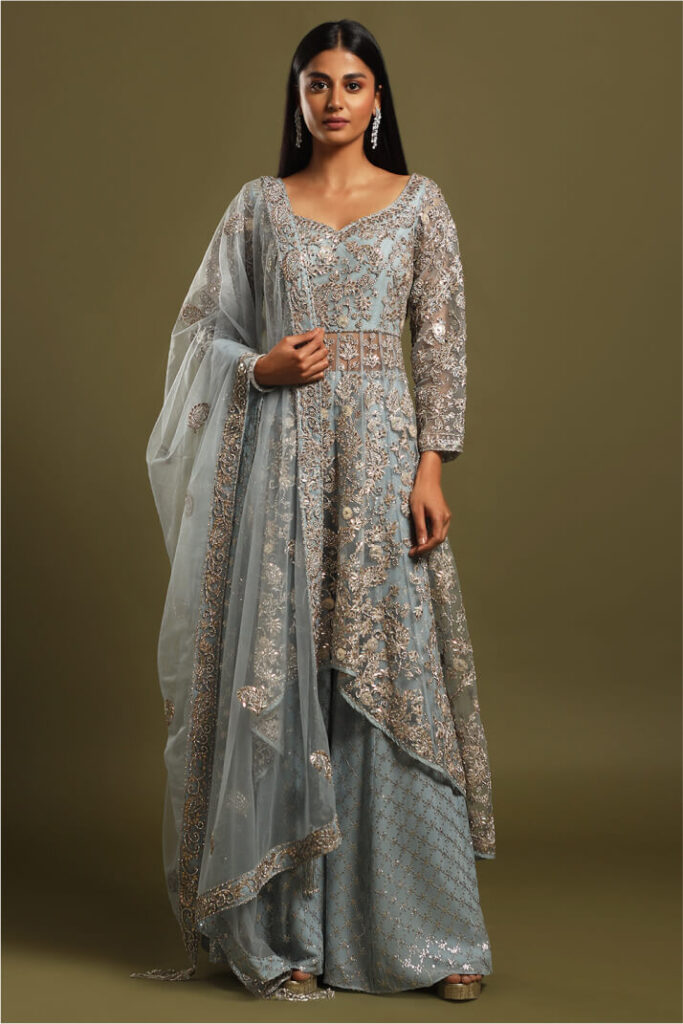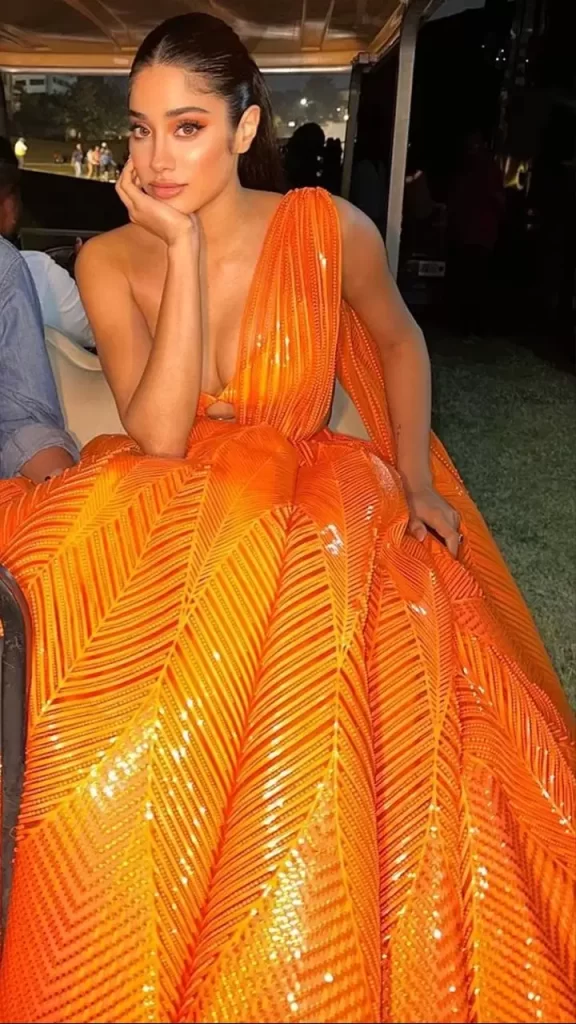Art
A tale of Instagram and Anthony Danielle
New age Instagrammer Anthony Danielle shows us how people walk the talk and how a city is a mood-board for inspiration

New age Instagrammer Anthony Danielle shows us how people walk the talk and how a city is a mood-board for inspiration
American photographer Anthony Danielle first dabbed a camera during his photography while in high school, before the world welcomed Instagram. As the app grew in popularity and usage, he explored everyday fashion through his lens. For Anthony, who was born and raised in Long Island, New York, every street is a runway from where he clicks styles, strides, cuts, hues, and seasonal shift of fashion. Since 2010, he has been displaying his shots through Instagram posts. His account has over time become a major rave. His pictures show his lateral and unconventional way of thinking, and his keen eye in beautifully capturing the persona and style of people on the streets.
his lens. For Anthony, who was born and raised in Long Island, New York, every street is a runway from where he clicks styles, strides, cuts, hues, and seasonal shift of fashion. Since 2010, he has been displaying his shots through Instagram posts. His account has over time become a major rave. His pictures show his lateral and unconventional way of thinking, and his keen eye in beautifully capturing the persona and style of people on the streets.
What led you to express your ideas through photography?
I always enjoyed photography as a medium, but it wasn’t until Instagram that I began to practice taking pictures every day. It is something that comes naturally to me and something I enjoy doing.
The streets are so vast. Is that why you love capturing street culture?
I like to shoot street photography because it is never the same. Every day it is new and different – the people, the construction, the mood – varies day to day.
What sort of platform has Instagram proved for you?
Instagram has changed my life. Never in my wildest dreams did I think I would be able to broadcast my work to way more people than I could ever hope to know.
While clicking photographs, what catches your immediate attention?
I am drawn to style and attitude first and foremost. People who dress well tend to carry themselves with a confidence that helps them stand out from the crowd.
Is there something you always look forward to while you click a photograph?
I don’t look for anything in particular. I think that is what helps keep the photos feeling fresh, if you go into something without expectations you’re never disappointed.
Any memorable surprises behind one of your photographs?
It happens quite a bit when people recognise their friends in one of my photographs and say “hey, check out this photo of you!” I get a kick out of that, it shows how small the world can be.
Your collection features a stunning array of colours. What is your favourite colour combination?
I have always been drawn to colour compared to black and white, which is usually a staple of street photography. The vibrancy of a colour photograph really helps bring the image to life. Now street fashion is gaining popularity in mainstream fashion.
What is your concept of being a true street show stopper? Was there any ensemble or look that captured your attention?
Anything that stands out always catches my attention, whether it be bold colour choices, unique patterns, or even someone’s shoes. There is something about what and how people wear their clothes that appeal to me.
In your photograph, there’s a play with a lot of lines (especially the zebra crossing)? Have you developed a signature style for yourself from these?
I don’t know if I have developed a signature style, the crosswalks are a part of the street and they tend to find themselves in the corners which lead to a visually appealing photograph. I wish I could say that they are intentional but nine out of 10 times, they are just part of the scene I happen to be coming across.
According to you, what brings the streets to life, and what do you love capturing about the bustle?
The people bring the streets to life for me. What they wear, their emotions and attitude, and how they carry themselves make each scene unique. I love that it is all fresh and new whenever it is being captured – the chances of seeing that same seen ever again are so rare that this is a moment in time that I am capturing this one time only.
Most of your photos are candid, what’s the fun part?
The fun part of candid photos is not knowing what the result is – it is like crafting a story to fit a narrative that may or may not true to that particular person. It also requires you to keep your focus in the present and definitely be ready for whatever lies ahead!
In your many journeys, which place has most impressed you with its street culture?
I am definitely spoiled being in New York City – the street culture central of the world in my opinion – but I went to Florence in Italy before Instagram was created and I found their street culture amazing. I am also a big fan of
Berlin in Germany with how modern their city is and the unique style they have over there.
One thing that makes you look forward to explore the streets?
Be ready to capture a moment, spot it coming your way and be ready to shoot it when the moment arrives.
Words by Atheena Wilson Photographs by Anthony Danielle
Art
Navratri 2024: Celebrating the Nine Colours and Their Significance

Navratri, the festival that spans nine nights, is one of the most auspicious and widely celebrated festivals in India. Dedicated to the worship of Goddess Durga in her nine forms, each day of Navratri holds special significance, marked by a distinct color that carries deep spiritual and cultural meaning. As we prepare for Navratri 2024, let’s explore the nine colors associated with each day, their significance, and how they inspire devotion, positivity, and harmony.
Day 1: Yellow

On Thursday, embrace the uplifting energy of yellow as you celebrate Navratri with optimism and joy. This warm and cheerful color symbolizes happiness and radiates positivity, keeping you in high spirits throughout the day.
Day 2: Green

On Friday, wear green, a color that represents nature, growth, and harmony. It evokes a sense of peace and serenity, while also symbolizing new beginnings. Let the vibrant energy of green invite tranquility and the blessings of the Goddess into your life.
Day 3: Grey

Saturday calls for the subtle sophistication of grey. This balanced color keeps you grounded and calm, symbolizing composure and understated elegance. It’s perfect for those who want to participate in Navratri with grace while making a refined style statement.
Day 4: Orange

On Sunday, adorn yourself in the vibrant hue of orange. This color embodies warmth, exuberance, and positivity. Wearing orange during Navratri invokes an upbeat energy, bringing vitality and a lively spirit to your celebrations.
Day 5: White

Start your Monday with the purity and serenity of white. Associated with innocence and spiritual clarity, this color invites inner peace and helps you connect with the divine blessings of the Goddess, offering a sense of security and calm.
Day 6: Red

On Tuesday, red takes center stage, symbolizing passion, love, and strength. As one of the most auspicious colors, red is often offered to the Goddess in the form of a Chunri. Wearing red fills you with energy, vigor, and the vibrant spirit of Navratri.
Day 7: Royal Blue

Wednesday’s color is royal blue, representing elegance, richness, and tranquility. This deep, vivid shade of blue exudes confidence and sophistication, making it an ideal choice for those who want to celebrate Navratri with style and grace.
Day 8: Pink

On Thursday, don the charming hue of pink, a symbol of universal love, affection, and harmony. Pink is a color that adds a soft touch of warmth and approachability, making it perfect for creating a loving and joyful atmosphere during the festivities.
Day 9: Purple

On the final day of Navratri, purple takes the spotlight. Associated with luxury, nobility, and grandeur, purple invites opulence into your life. Wearing this regal color while worshipping Navdurga bestows blessings of prosperity and richness, making it the perfect way to end your Navratri celebrations.
Art
Exploring the Rich Tapestry of Indian Art: A Journey Through State-Wise Traditional Paintings

India’s artistic heritage is a vibrant mosaic, reflecting the diverse cultural traditions of its states. Each region has its unique style of painting, with techniques and themes passed down through generations. Let’s delve into some of the most iconic traditional paintings from different states of India.
1. Madhubani Painting (Bihar)

Originating from the Mithila region of Bihar, Madhubani painting is known for its intricate patterns, bold colors, and themes inspired by nature, mythology, and folk tales. Traditionally, these paintings were done on mud walls, but now they are also created on cloth, handmade paper, and canvas.
Distinctive Features: Use of natural dyes, double outlines, geometrical patterns, and motifs like flowers, animals, and deities.
2. Pattachitra (Odisha and West Bengal)

umaid art
Pattachitra, meaning ‘cloth painting,’ is an ancient art form from Odisha and West Bengal. These paintings depict mythological narratives, especially around Lord Jagannath, and are characterized by their intricate details and mythological themes.
Distinctive Features: Fine detailing, elaborate borders, vibrant use of colors, and the use of natural ingredients for dyes.
3. Warli Art (Maharashtra)
Warli art is a form of tribal painting from Maharashtra, traditionally done by the Warli tribe. It primarily uses white pigment on a mud base to depict daily activities, such as farming, hunting, and dancing, in a minimalistic yet expressive manner.
Distinctive Features: Simple geometric shapes like circles, triangles, and squares, which represent different elements of nature and human life.
4. Tanjore Painting (Tamil Nadu)

Tanjore (or Thanjavur) paintings, originating from Tamil Nadu, are known for their rich colors, surface richness, compact composition, and use of gold foil. They often depict Hindu gods and goddesses, with a focus on Lord Krishna and other deities.
Distinctive Features: Use of vibrant colors, gold leaf, and inlay work with semi-precious stones on wooden boards.
5. Pichwai Painting (Rajasthan)

Pichwai paintings, hailing from Rajasthan, are intricate paintings that portray the life of Lord Krishna, especially in the Nathdwara temple. These paintings are traditionally done on cloth and used as wall hangings behind the deity in temples.
Distinctive Features: Detailed depiction of Lord Krishna’s life, use of bright colors, and the portrayal of various scenes from the Bhagavad Purana.
6. Phad Painting (Rajasthan)
Phad painting is a narrative scroll painting from Rajasthan, where the stories of folk deities like Pabuji and Devnarayan are depicted. The paintings are done on long pieces of cloth and are used in religious storytelling.
Distinctive Features: Bold lines, earthy colors, and the depiction of deities and their exploits.
7. Kalamkari (Andhra Pradesh)

Kalamkari, literally meaning ‘pen work,’ is an art form from Andhra Pradesh that involves hand-painting or block printing on fabric. The themes are largely mythological, with stories from the Ramayana and Mahabharata being common subjects.
Distinctive Features: Intricate handwork, natural dyes, and a distinctive color palette dominated by earthy tones.
8. Pithora Painting (Gujarat and Madhya Pradesh)

Pithora paintings, created by the Rathwa and Bhilala tribes of Gujarat and Madhya Pradesh, are done on the walls of their houses. These paintings are part of a ritual to invite the gods and ensure prosperity and happiness.
Distinctive Features: Vibrant colors, ritualistic significance, and the depiction of gods, animals, and scenes from daily life.
9. Chitrakathi Painting (Maharashtra)

Chitrakathi is a traditional art form from the Maharashtra-Karnataka border, where paintings are used as visual aids in storytelling. These paintings often accompany performances that narrate stories from epics like the Ramayana and Mahabharata.
Distinctive Features: Simple yet expressive figures, use of natural colors, and the narrative style.
10. Saura Art (Odisha)

Saura art is a form of mural painting by the Saura tribe of Odisha. It is similar to Warli art but has its unique elements, depicting the tribe’s daily activities, rituals, and deities.
Distinctive Features: Monochrome palette, linear style, and the depiction of nature and community life.
The diverse painting styles of India offer a glimpse into the country’s rich cultural heritage. Each state’s art form is a testament to the creativity and traditions that have been nurtured for centuries. By exploring these traditional paintings, we not only appreciate their beauty but also connect with the stories and values that have shaped India’s cultural landscape.
Art
The Microscopic Handbag Phenomenon: MSCHF’s Bold and Tiny Louis Vuitton Creation

In the realm of fashion, innovation knows no bounds, and the boundary-pushing collective known as MSCHF constantly proves this point. Their latest creation, a microscopic handbag inspired by Louis Vuitton, has taken the industry by storm, captivating fashion enthusiasts around the globe. Breaking free from traditional size constraints and redefining functionality, this miniature accessory has ignited curiosity and sparked a sensation. Join us as we delve into the extraordinary world of MSCHF’s microscopic handbag, exploring its origins, unique features, and the remarkable buzz it has generated.
MSCHF, renowned for their unconventional and thought-provoking projects, partnered with luxury fashion house Louis Vuitton to unleash a game-changing collaboration. Together, they birthed a surprising twist on the classic handbag, pushing the boundaries of scale to an entirely new level. The microscopic handbag challenges the norm and introduces an audacious new concept.

Measuring a mere 1.5 inches in height, the microscopic handbag is a masterpiece of miniaturization. This whimsical accessory captures the essence of a traditional Louis Vuitton purse, complete with the iconic monogram pattern and signature leather trim. Despite its minuscule size, it exudes luxury and craftsmanship, embodying the brand’s prestige and aesthetic.
The MSCHF microscopic handbag represents a captivating fusion of fashion and art. It blurs the lines between these creative realms and prompts us to question our perception of material possessions. Through this micro-sized wonder, MSCHF challenges our understanding of fashion’s role in society and invites us to contemplate the value we attach to material goods.
Since its introduction, the microscopic handbag has caused a viral sensation across social media platforms. Its diminutive size and unexpected collaboration have captivated fashion enthusiasts and sparked intriguing discussions. This extraordinary creation serves as a catalyst for conversations about fashion trends, the power of satire in design, and the evolving landscape of the industry. Once again, MSCHF has successfully captured the attention of the fashion world, pushing boundaries and reshaping our perception of what is considered fashionable.
MSCHF has cemented its legacy as a disruptive force in the fashion and art realms. Their innovative and thought-provoking projects consistently challenge norms and captivate audiences. With the microscopic handbag, they have once again showcased their ability to generate intrigue, spark conversations, and inspire wonder within the industry.
In conclusion, the MSCHF microscopic handbag stands as a testament to bold creativity and audacity in the world of fashion. Its tiny size and unexpected collaboration with Louis Vuitton have shattered conventional handbag design and ignited curiosity on a global scale. This extraordinary creation not only exemplifies the artistry and innovation of MSCHF but also invites us to reflect on the ever-evolving nature of fashion and its profound impact on our collective imagination. As we eagerly anticipate MSCHF’s next groundbreaking venture, one thing is certain: they will continue to redefine the boundaries of what is possible in the world of fashion.
-

 Style11 months ago
Style11 months agoBridal Guide : Best Looks of Radhika Merchant Ambani
-

 Movies1 year ago
Movies1 year agoA Nostalgic Journey Through Love &Cinema : Best Bollywood Romantic 90s Movies
-

 AD9 months ago
AD9 months agoPopular Curtain Fabrics to Consider for Your Home
-

 Events9 months ago
Events9 months agoBest of Fashion Looks : Diya Krishna Wedding
-

 Events9 months ago
Events9 months agoThe L’Oréal Paris Show at Paris Fashion Week 2024
-

 news9 months ago
news9 months agoLaapataa Ladies: Kiran Rao’s Social Satire Becomes India’s Official Entry for the 2025 Oscars
-

 People1 year ago
People1 year ago10 Star-Studded Ventures Owned by Malayalam Celebrities
-

 Art9 months ago
Art9 months agoNavratri 2024: Celebrating the Nine Colours and Their Significance


































